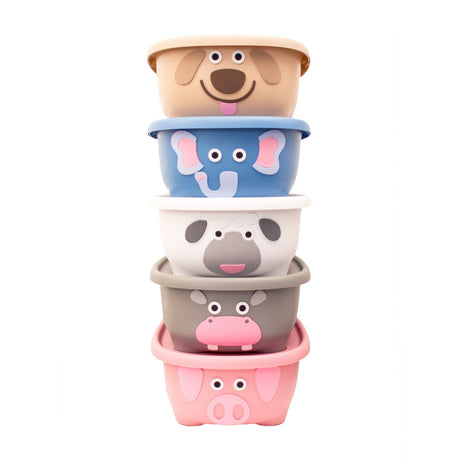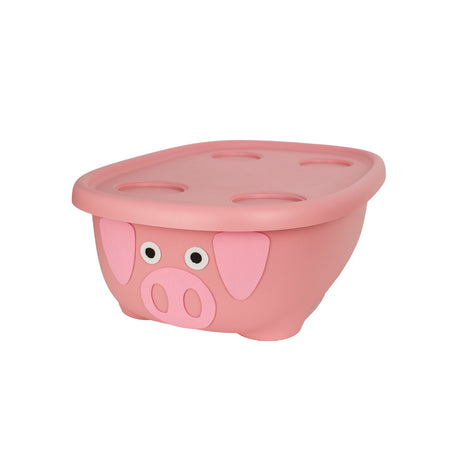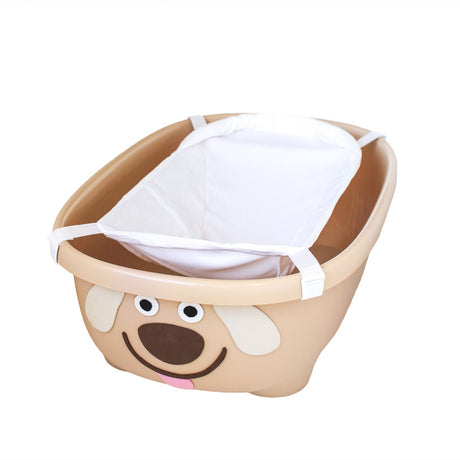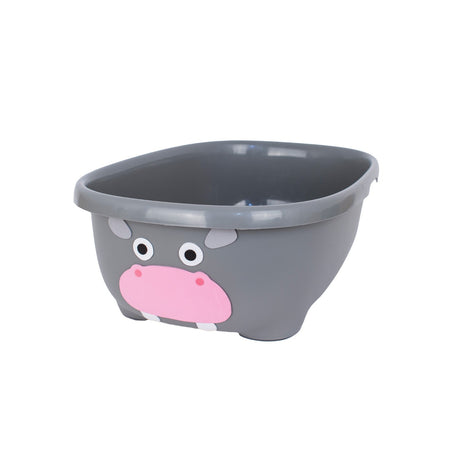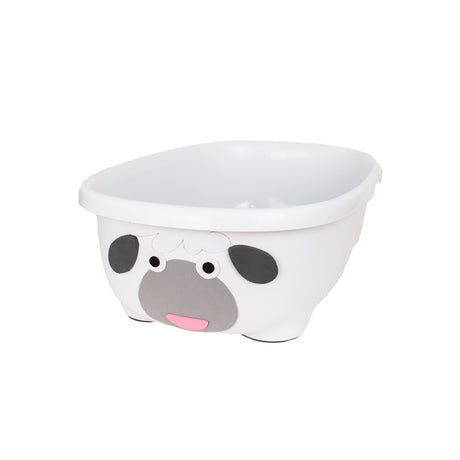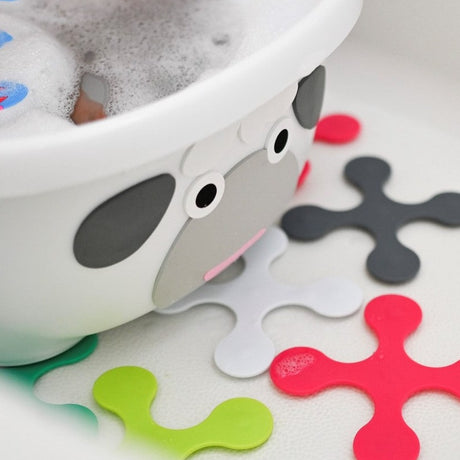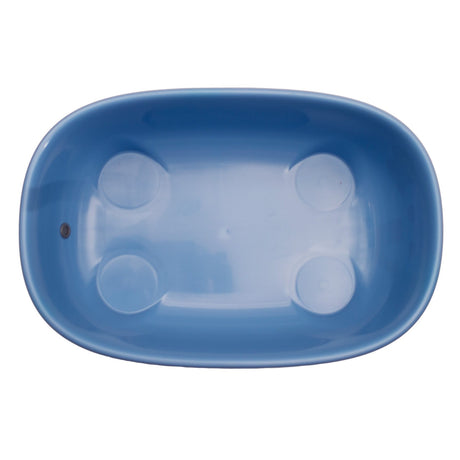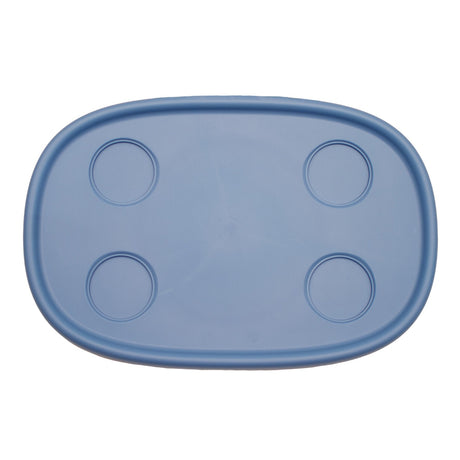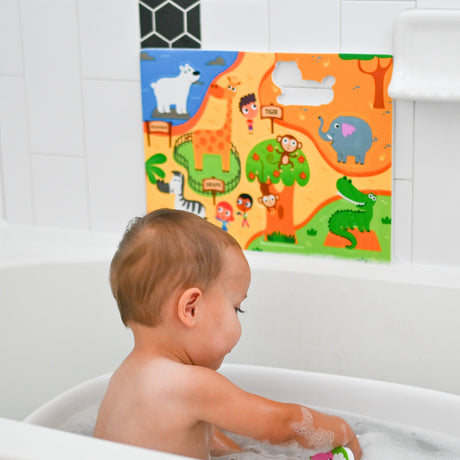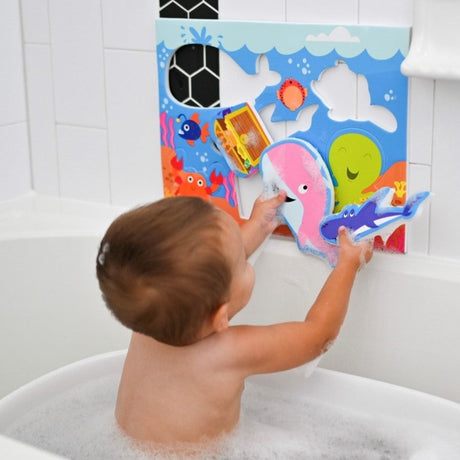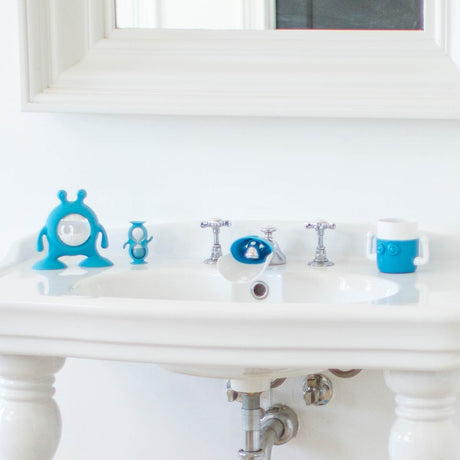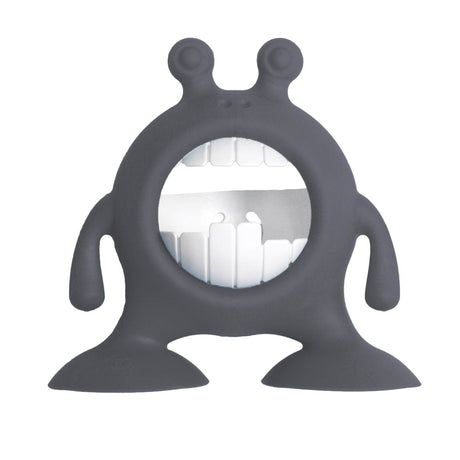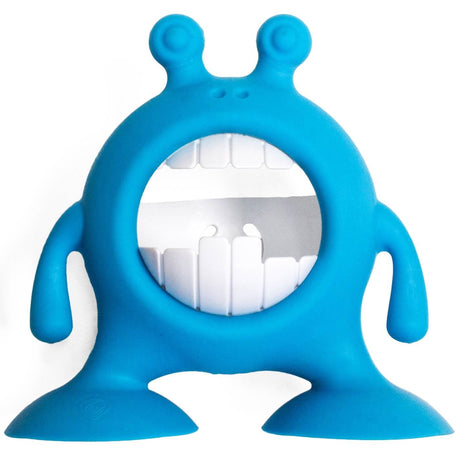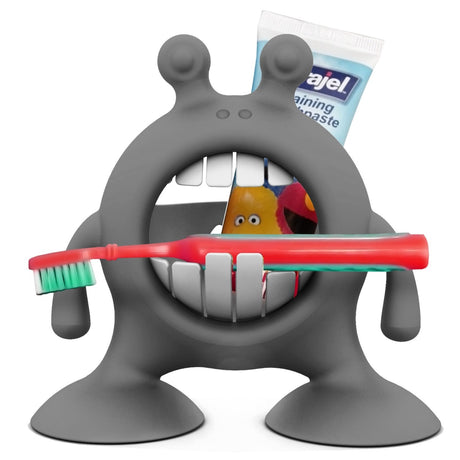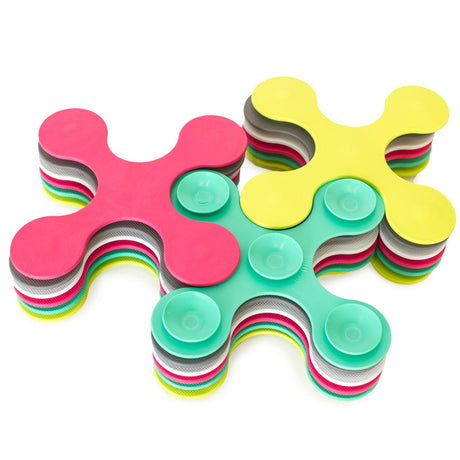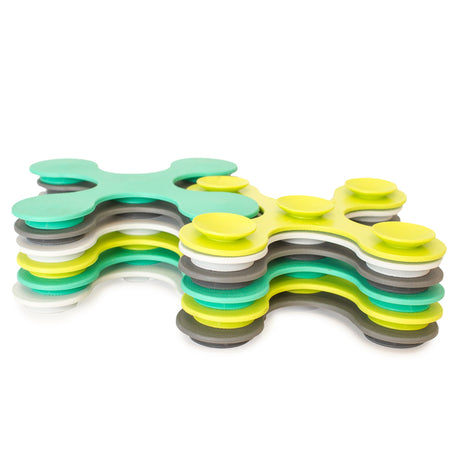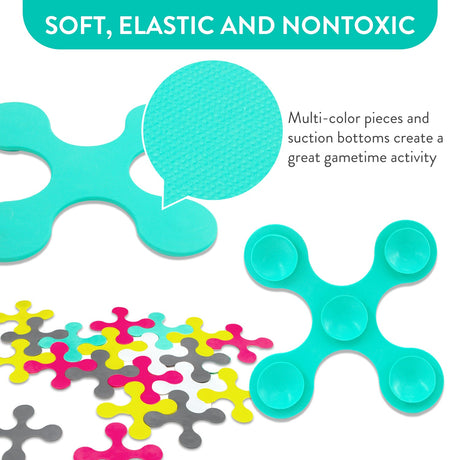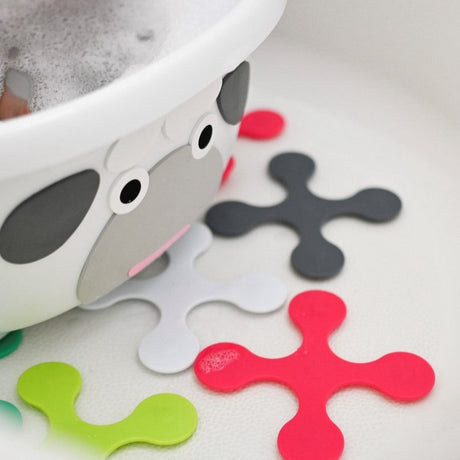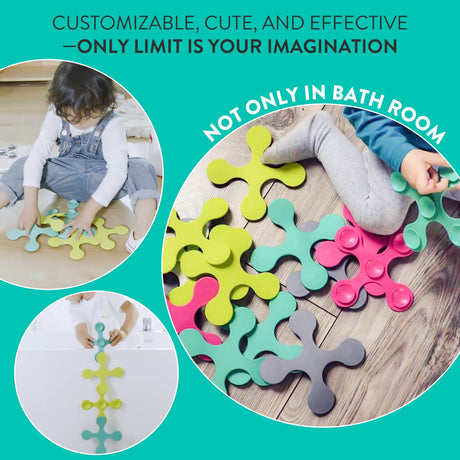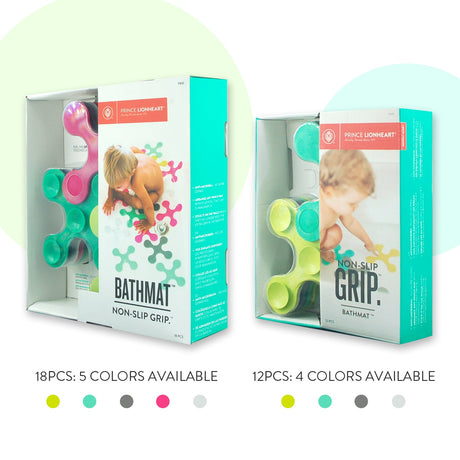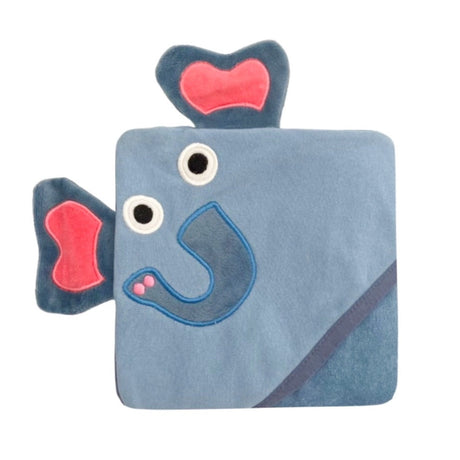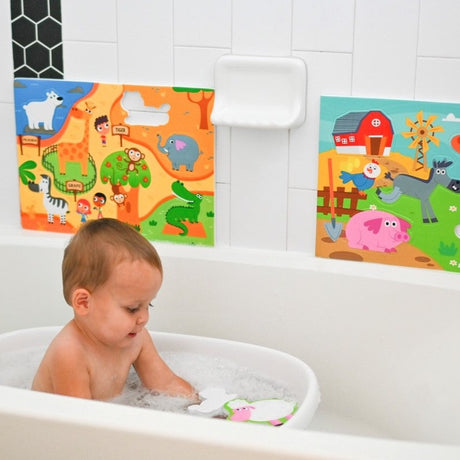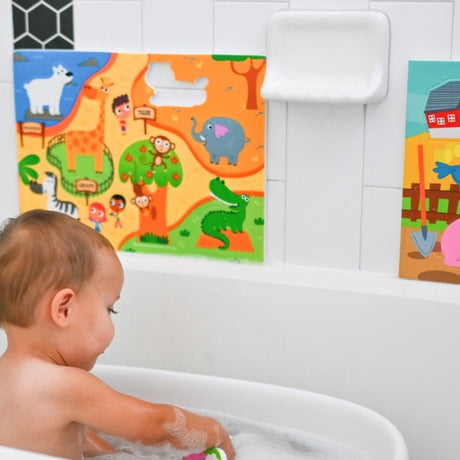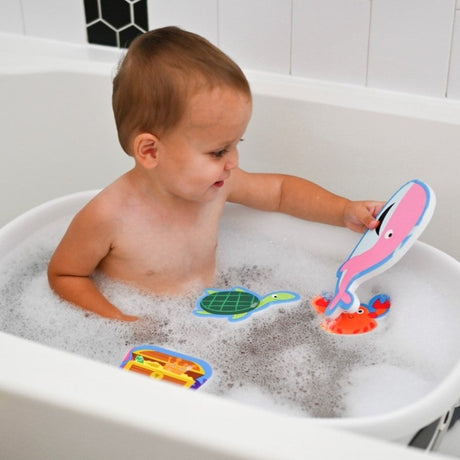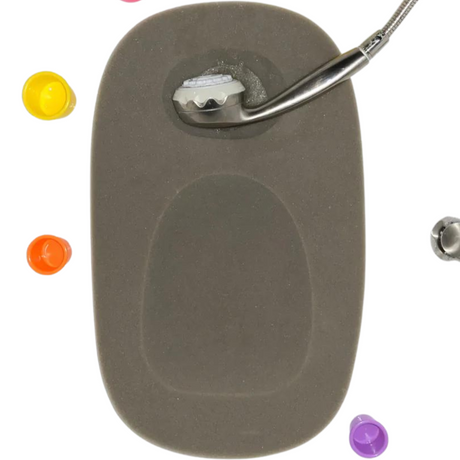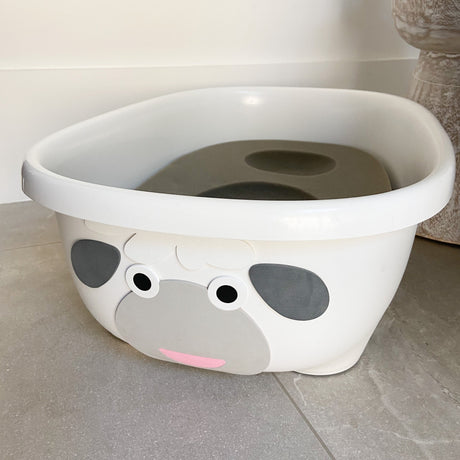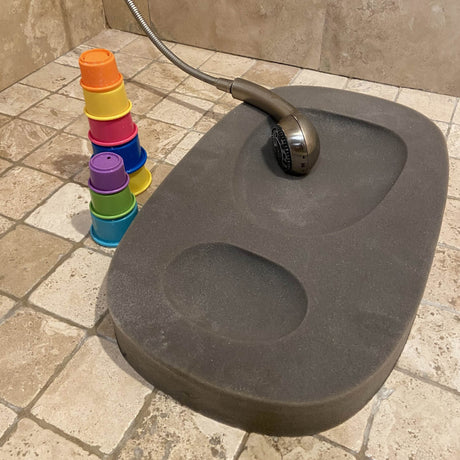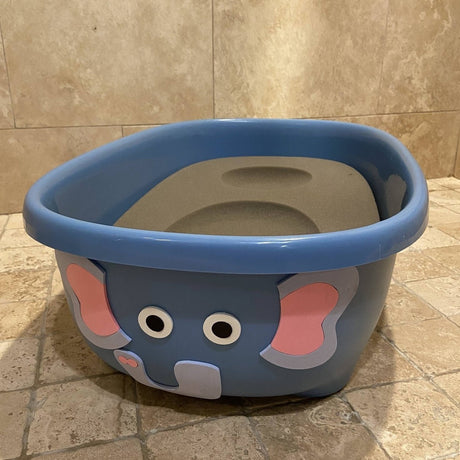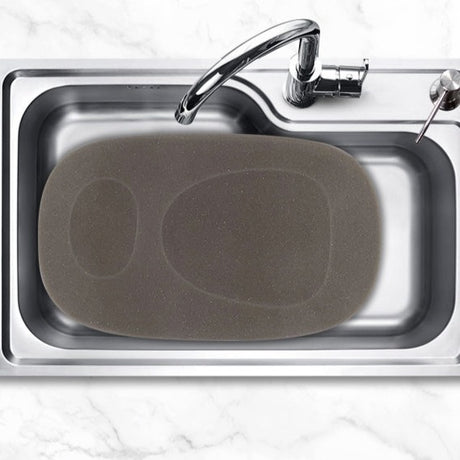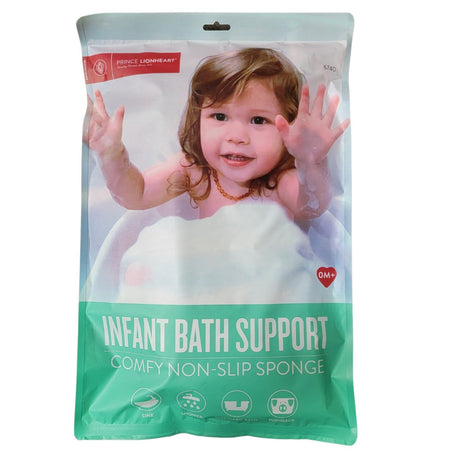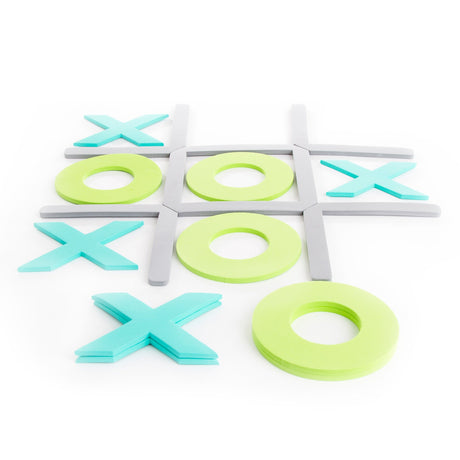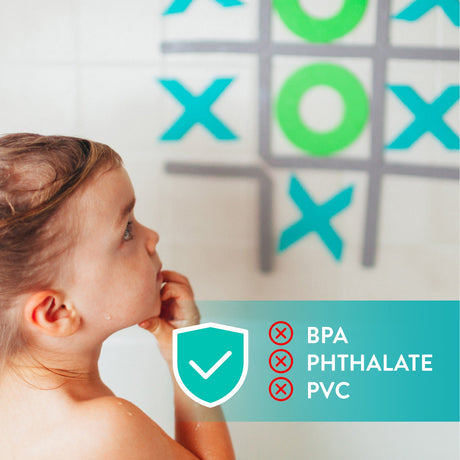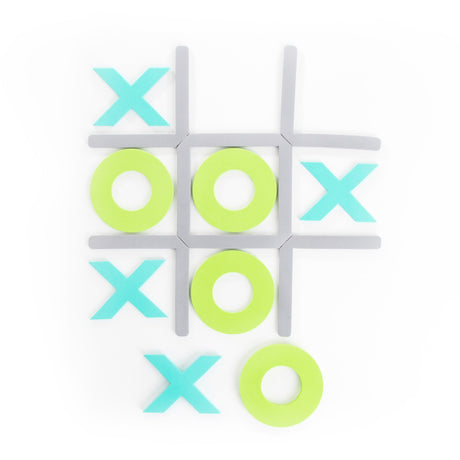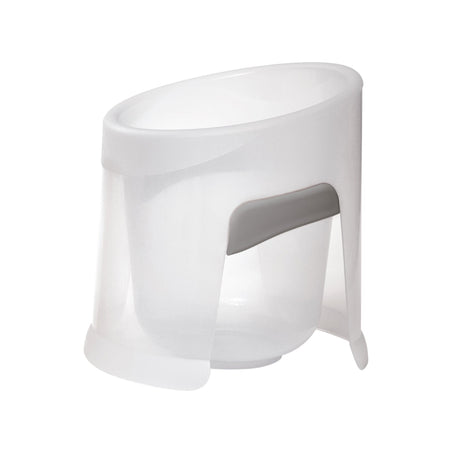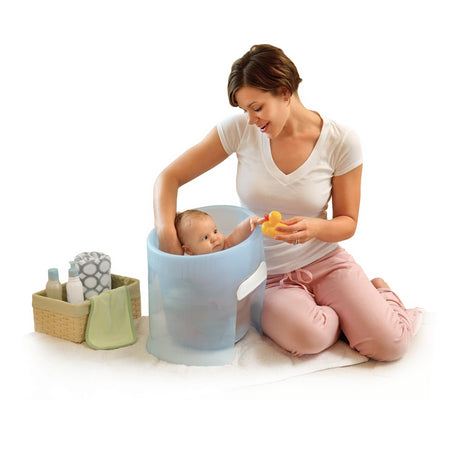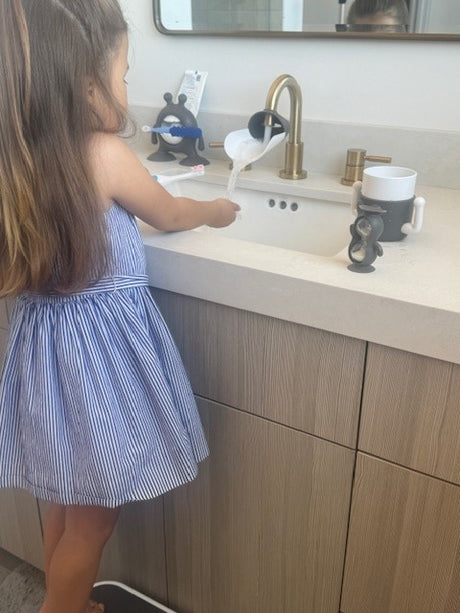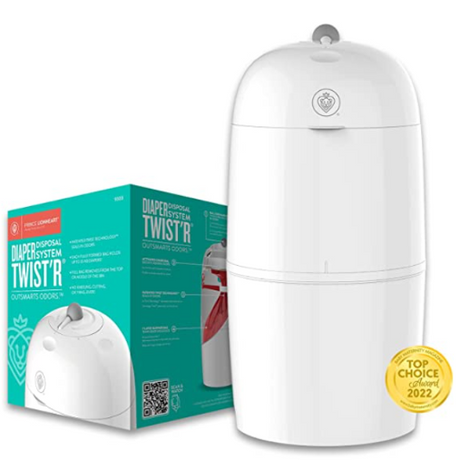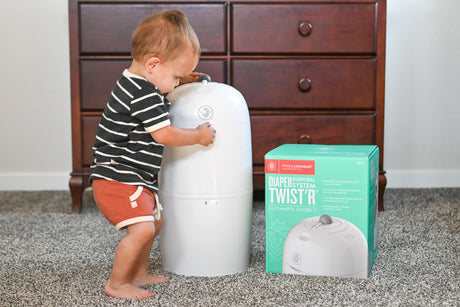Sarah’s Background?
Sarah Osbon is the creator and mom behind “Snacks with Jax”, a social media community of over 75,000 parents/caregivers, where she shares her son’s meals, nutrition information, and evidence-based tips for feeding children. She has a Bachelor’s degree in Nutrition emphasizing in Wellness from Texas Woman’s University and years of experience as a culinary instructor working with ages 2+.
She has coached hundreds of parents & caregivers through the journey of introducing solids in a safe and nutritious way to their baby. Her focus is on establishing a life-long healthy relationship with food for children while also empowering, encouraging, and educating their adult caregivers.
- How many times do kids have to get exposed to a new food until they start liking it?
A new food needs to be introduced 15-30 times to your little one until they start liking it.
If there is a long time between the exposure – that may prolong the process.
- What are the nutrients I need to focus on for my child?
I always like to prioritize iron. You want your little one to eat iron rich foods like spinach, tofu, beef, broccoli, etc. If you have a picky eater on your hands I would suggest food first but you could also consult your pediatrician about an iron supplement if you fear your little one is not getting enough. Then you want to combine that with Vitamin C rich foods like oranges, strawberries, bell peppers, kiwi, etc. The next vitamin to focus on is Vitamin D; some kids are not a fan of salmon or Vitamin D enriched milk, so I’d suggest to look into kid friendly Vitamin D supplements. The next food group to focus on would be fiber rich foods to help everything make its way through. Fiber rich foods include vegetables, fruits, beans, etc.
- When should I worry about my child’s picky eating?
If you worry as a parent you can always consult your pediatrician, but I wouldn’t worry unless your little one starts to fall behind on his growth curve as that could be an indicator of malnutrition.
- Should I give my picky eater supplements to make sure he gets all vitamins, etc.?
I always say food first, but if you’d like to use supplements, consult your pediatrician to find the right ones for your little one.
- How do I get my kids to try new foods? I’ve tried all the fun food cutters.
Kids like to sprinkle things on food, so get yourself a salt and pepper shaker and fill them with chia seeds and hemp hearts instead. I also like to cut off the tops of the broccoli and let my little one sprinkle it over food. Another trick is to make your food visually appealing and make it fun. Even though playing at the dinner table can be controversial, you can make it fun. You can shape the food on your plates into little action figures or animals. What I like to do with my little one is take a piece of broccoli and then my son and I will give that piece of broccoli a haircut -- everything is allowed -- we will trim the florets off with our teeth and create different hair styles. Of course when you decide to make eating fun and play at the dinner table, there have to be rules. For example, we are going to play with our food, but that doesn’t mean that we will be throwing food at each other or putting it into our hair or into our brother’s hair. Prompting them to do something fun makes it so much more exciting. We also like to do little raspberry hats on our fingers or make the meatball jump into its sauce. Another trick that helps is describing why you like a certain food: that will sometimes help them try new foods. For example, I like this food because it is crunchy and tastes salty. What do you like about it? Get them engaged.
- My child will not drink milk. What do I do?
I wouldn’t stress myself if my little one wouldn’t drink milk. Milk contains, Calcium, Vitamin D and protein. Those are nutrients that you can get from many other foods as well. Calcium for example can be found in oranges, tofu, almonds, broccoli, kale, etc. Vitamin D can be found in salmon, eggs, orange juice, fortified cereal, etc. Protein is usually nothing to be concerned about: you can find protein in meat, fish, nuts, etc. If you’re little one does not like milk, it sure doesn’t have to be a battle.
- Are frequent snacks a good idea or will it just make them pickier during lunch/dinner time?
I would refrain from giving little ones too many snacks, because a lot of snacks can pose choke hazards. You want to give your little one’s the opportunity to work up an appetite. So I’d focus on the 3 major meals, breakfast, lunch and dinner and then you could give them a snack about 2-3 hours after breakfast if they seem hungry or ask for more food. So I’d try to have at least a couple hours in-between meals and snacks. It is also way too much work to create balanced snacks all day long. It is much more manageable to create 1-2 balanced snacks a day than having to prepare snacks every 30 minutes. Also, little ones like to run around a lot so you don’t want them snacking and running that would also increase the risk of choking.
- Is it a good idea to offer dessert if they eat all their vegetables/clean their plate? Or will that send a message that dessert is the best food and increase my child’s desire for sweets? When do I give my little one’s dessert?
If you start offering dessert as a reward you’re really diminishing all the other foods’ value. I serve dessert at the same time and on the same plate with all the other foods. Every family is entitled to their own dessert frequency: whatever feels comfortable for you. Some people may have dessert once a week and some people may have it once a day. But it is important not to make dessert a reward, because if you give your little one ice cream, every time they eat their broccoli, they are going to start to expect ice cream every time they eat broccoli and that becomes a habit. Because the broccoli becomes lesser and lesser valued and the ice cream’s value will become bigger and bigger. You want to bring all foods down to a level playing field. You put the dessert on the same plate as dinner and it will be served at the same time. You want to get away from this old practices of you have to eat a certain amount of food to earn another food, because it teaches kids to overeat and then to overeat with dessert on top of already being full maybe. When you start to implement this trick and start serving dessert at the same time as everything else, your little one’s may start to go for the cookie first, but over time you will notice that the cookie becomes less and less important.
